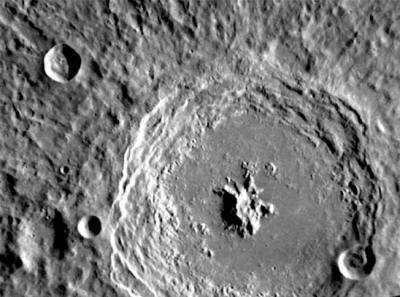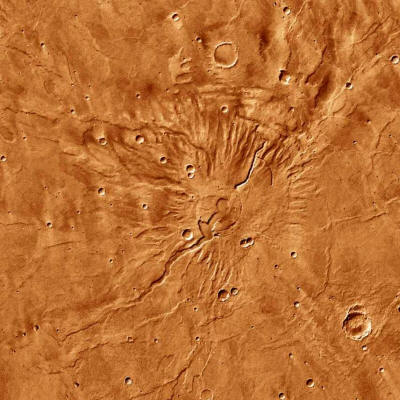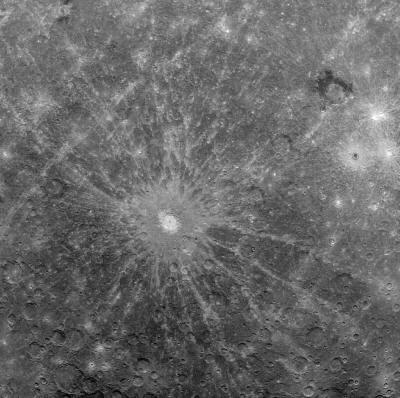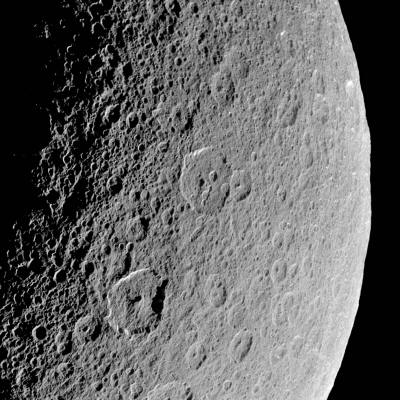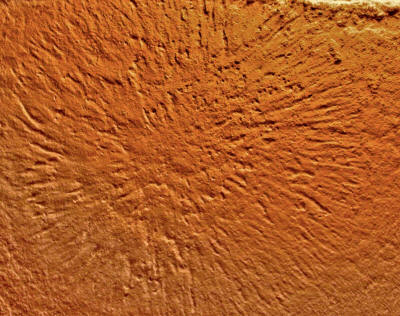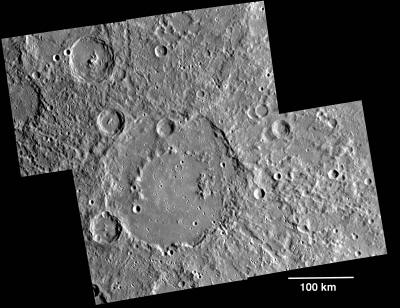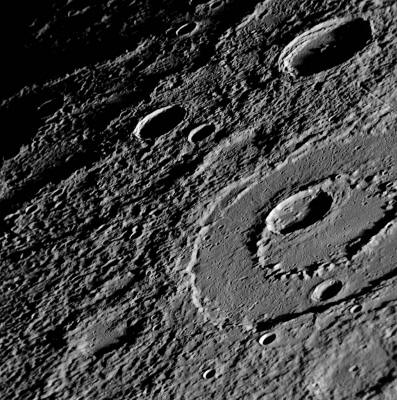|
by Stephen Smith
from
Thunderbolts Website
Credit: NASA/Johns Hopkins University
Applied Physics
Laboratory/Carnegie Institution of Washington In the image at the top of the page, all the characteristics of an electric discharge leaping from Mercury’s surface to space can be seen.
The crater walls are terraced, there is
a peculiar spiral-shaped crater on the southeastern rim, and several
ridges converge onto the central peak. Bartok’s floor is also flat
and smooth for the most part, one of the signs that point to a
plasma event of some kind in Mercury’s history.
Electric Universe physicists couch their theories in assumptions that do not conform to the “long slow change” required by conventional ideas of planetary formation. Clearly, catastrophic evolution cannot be merged with gradualism.
If the Solar System is a
four-billion-year-old antique, then there is no way for a hypothesis
that calls for recent restructuring to coexist. A new way of seeing
the Universe must first be adopted.
Many of the features on Mercury are similar to those found on Mars (above image), as well as the Moon.
Bright rays (above image) extend outward from several large craters on Mercury, similar to those seen around Tycho Crater on the Moon.
However, based on an analysis of Tycho crater by the late Ralph Juergens, it is more likely that the rays formed when material suddenly rushed toward the middle of the crater.
A powerful electric current pulled loose
rocks and dust inward into the center of an active region where
bolts of electricity discharged upward. This conclusion is
diametrically opposed to consensus opinions about “ejecta ray”
formation. Another unusual structure in the image of Bartok crater is the hexagon located to the Northwest.
Nearly every rocky object (above image) in the Solar System exhibits similar structures.
How can the impact of a space rock cause
a hexagonal crater? No experiment can create a polygonal shape after
an explosive event. No, as pointed-out in several previous Picture
of the Day articles, hexagons are created when intense particle
beams touch down on a solid surface.
The cylindrical discharge can sometimes
form
diocotron instabilities in the
vortex, forcing a hexagonal shape. As the filaments rotate around
one another, a hexagonal cross-section forms within the innermost
column. Another example of electrical effects on Mercury are the etched furrows (far above image) radiating outward from some craters.
Earlier images of Caloris Basin show the same kind of etching. In 2007, Dr. C. J. Ransom performed an experiment at Vemasat Laboratories in Fort Worth, Texas. He exposed a thin layer of magnesium silicate to a 120 milliamp, 12,000 volt discharge for five-seconds.
In that short period, he produced radial gouges (below image) in the substrate similar to what has been found on Mercury.
Dr. Ransom’s experiments serve to
demonstrate the scalability of electrical activity.
Concentric structures (above image) are found on Mercury (below image).
When electricity passed through them it eroded material from the surface where the arc touched down because the pits and craters left by electric arcs are usually circular.
An electric arc is composed of two (or more) filaments rotating around a common center, so the surface was excavated by a plasma “drill bit,” leaving steep sides and a “pinched up” rim of debris.
If several filaments were involved, the
plasma beams would have cut one crater within another, often with
one or more smaller craters on the rims.
It is apparent that more information
from the innermost planet will continue to confirm
Electric Universe
theories of Solar System dynamics.
|

